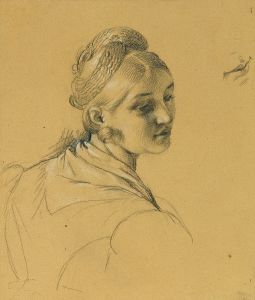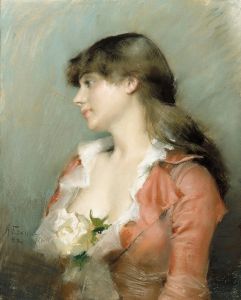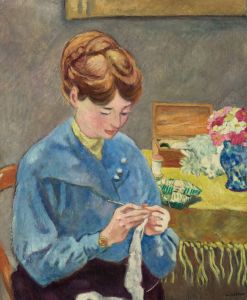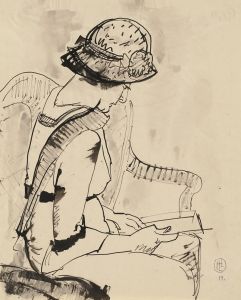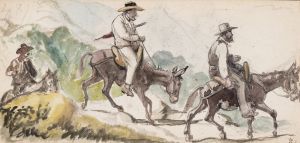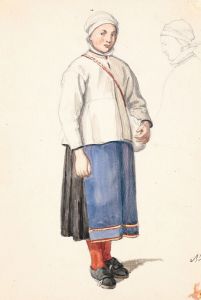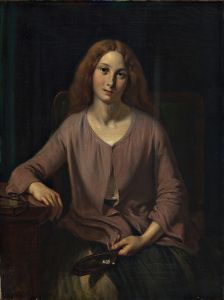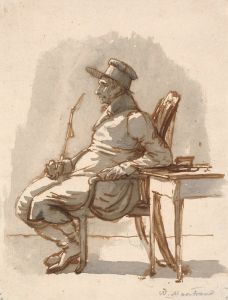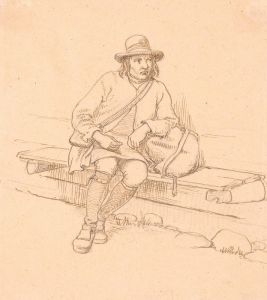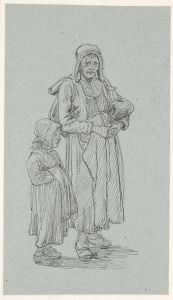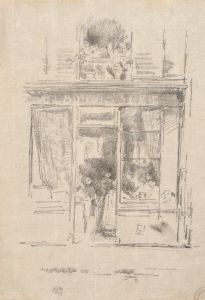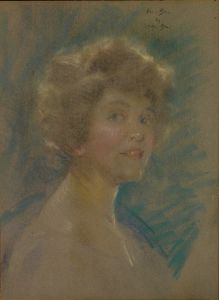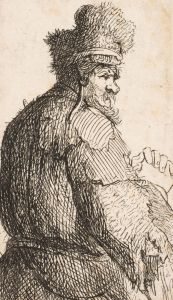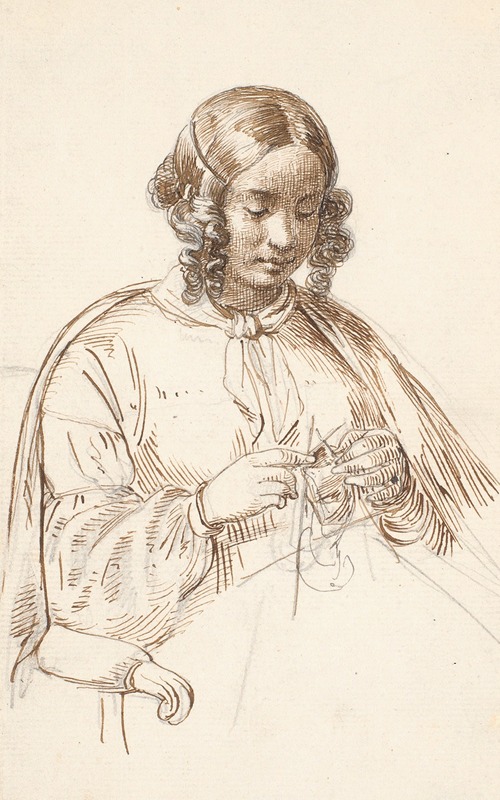
Ung strikkende dame, halv figur
A hand-painted replica of Wilhelm Marstrand’s masterpiece Ung strikkende dame, halv figur, meticulously crafted by professional artists to capture the true essence of the original. Each piece is created with museum-quality canvas and rare mineral pigments, carefully painted by experienced artists with delicate brushstrokes and rich, layered colors to perfectly recreate the texture of the original artwork. Unlike machine-printed reproductions, this hand-painted version brings the painting to life, infused with the artist’s emotions and skill in every stroke. Whether for personal collection or home decoration, it instantly elevates the artistic atmosphere of any space.
Wilhelm Marstrand's painting Ung strikkende dame, halv figur (translated as Young Knitting Woman, Half Figure) is a work by the Danish artist Wilhelm Marstrand (1810–1873), a prominent figure of the Danish Golden Age. Marstrand was known for his genre scenes, portraits, and depictions of everyday life, often infused with warmth, humor, and a keen observation of human character.
The painting portrays a young woman engaged in the act of knitting, captured in a half-figure composition. The subject is depicted with a sense of quiet concentration, reflecting a moment of domestic tranquility. Marstrand's skillful use of light and shadow enhances the naturalism of the scene, while his attention to detail in the rendering of the figure and her clothing demonstrates his mastery of portraiture and genre painting.
Marstrand was a student of Christoffer Wilhelm Eckersberg, often referred to as the "father of Danish painting." Under Eckersberg's influence, Marstrand developed a strong foundation in realism and an appreciation for the depiction of everyday life. Throughout his career, Marstrand traveled extensively, particularly in Italy, where he was inspired by the vibrant culture and traditions of the region. However, Ung strikkende dame, halv figur reflects a more intimate and localized subject matter, consistent with the themes of domesticity and personal moments that were popular during the Danish Golden Age.
The exact date of the painting is not definitively documented, but it is characteristic of Marstrand's work during the mid-19th century. The painting is notable for its simplicity and focus on the human figure, a hallmark of Marstrand's approach to genre scenes. The young woman's serene expression and the act of knitting suggest themes of industriousness, femininity, and the quiet dignity of everyday life.
As of now, specific details about the painting's provenance, current location, or its significance within Marstrand's broader oeuvre are not widely documented. However, it remains an example of the artist's ability to capture the essence of his subjects with sensitivity and technical skill.
Wilhelm Marstrand's contributions to Danish art, including works like Ung strikkende dame, halv figur, continue to be celebrated for their insight into 19th-century life and their enduring artistic quality.





